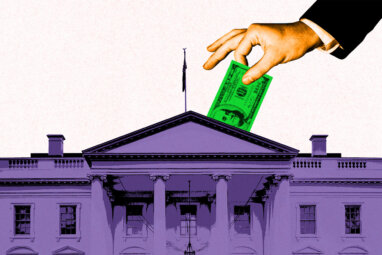The Information That Boards Really Need
The scandals at Enron, WorldCom, Tyco and elsewhere over the past few years have focused a spotlight on corporate boards. Why did directors at so many companies fail to ask probing questions, uncover accounting malfeasance, or raise objections to the siphoning off of funds? Numerous explanations have been offered for these and other failures of board oversight, but critics have argued that they add up to one result: Too many boards do little more than rubber-stamp management analyses without providing independent protection for shareholders.
In response, various suggestions for reforming boards and redefining the role of directors have been put forward. Most are targeted at resolving “agency problems” — that is, making sure that the agents (the board members) are acting in the best interests of the principals that employ them (shareholders). For instance, the New York Stock Exchange Corporate Accountability and Listing Standards Committee has recommended these changes to the exchange’s listing standards: that a majority of the directors on boards be independent, that boards convene regular sessions without management in attendance, and that audit committees have sole responsibility for hiring and firing independent auditors and for approving their nonaudit work.
Such recommendations, while useful, do not deal with the fact that directors, no matter how dedicated and diligent, cannot serve as adequate monitors of management without sufficient information and the means to analyze it. And given the size, complexity and global scope of many corporations, the task is daunting. Directors meet on average four to six times a year, rarely have a staff to help them, and because of their demanding “day jobs” have limited time available to devote to collecting and processing the independent information they need to reasonably fulfill their duty to shareholders.
Some critics have suggested that boards need to have a completely separate staff, but that approach would be extraordinarily expensive and might paralyze companies.1 A more limited approach is to focus on what type of information directors must have to discharge their duties effectively. It is here that finance theory comes into play.
From a finance perspective, the fundamental duty of directors is to help management maximize shareholder value.
References (8)
1. It would be extraordinarily costly to duplicate management efforts, even partially, and the massive bill would have to be paid by shareholders. It is far from obvious that it is in shareholder interest to pay for such duplication. In addition, the dual management structure could be paralyzing. Companies with joint CEOs are often characterized by infighting and conflict rather than effective management. Institutionalizing such an arrangement could well be a disaster. Moreover, this drastic step would penalize well-functioning companies and their shareholders in order to prevent malfeasance at a few. Overall, the cost-benefit trade-off associated with developing independent board “managers” would be decidedly unfavorable, assuming that it is feasible in the first place.
2. Some critics have argued that the excessive focus on shareholder value, rather than being a solution, was one of the causes of board failure. When examined more closely, however, these criticisms are targeted at the emphasis on short-term financial performance or attempts to push the stock price above levels consistent with the company’s fundamental value. DCF models overcome both problems by focusing both management and directors on the steps that need to be taken to maximize the ability of the business to produce long-term cash flow. If the company delivers on the business plan at the foundation of its DCF model, the stock price will come to reflect its fundamental value.




